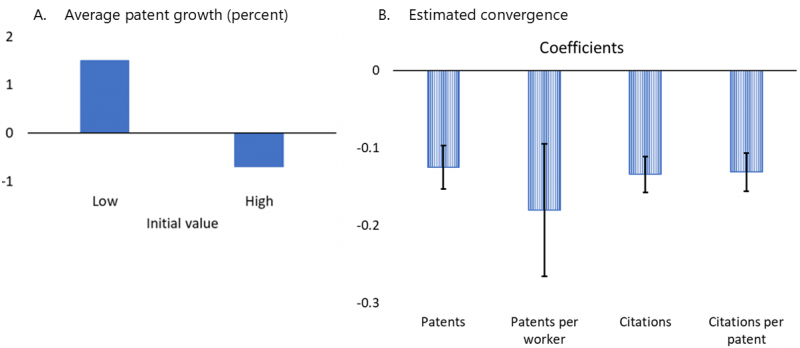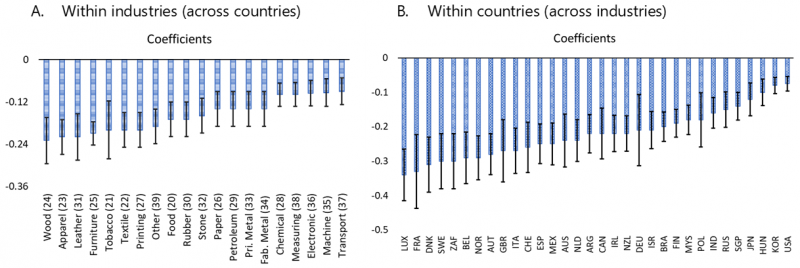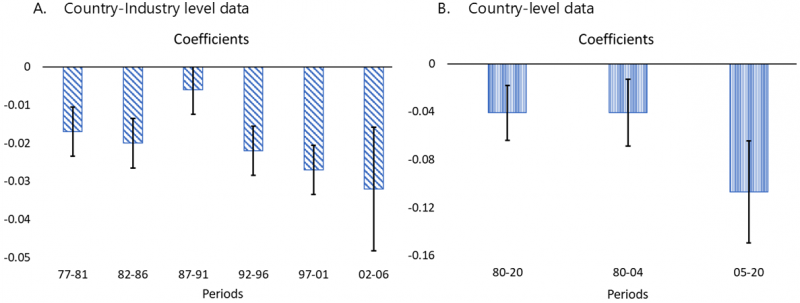References
Barro, R. (1997). Determinants of economic growth: A cross-country empirical study. MIT Press, Cambridge, MA.
Barro, R. (2003). Determinants of economic growth in a panel of countries. Annals of Economics and Finance, 4, 231-274.
Hardy, B., & Sever, C. (2021). Financial crises and innovation. European Economic Review, 138, 103856.
Hardy, B. & Sever, C. (2023). Innovation convergence (No. 1108). Bank for International Settlements.
Hsu, P., Tian, X., & Xu, Y. (2014). Financial development and innovation: cross-country evidence. Journal of Financial Economics, 112(1), 116–135.
Islam, N. (1995). Growth empirics: a panel data approach. The Quarterly Journal of Economics, 110(4), 1127-1170.
Rodrik, D. (2013). Unconditional convergence in manufacturing. The Quarterly Journal of Economics, 128(1), 165-204.
Sala-i Martin, X. (1996). The classical approach to convergence analysis. The Economic Journal, 1019-1036.
Solow, R. (1956). A contribution to the theory of economic growth. The Quarterly Journal of Economics, 70(1), 65-94.







